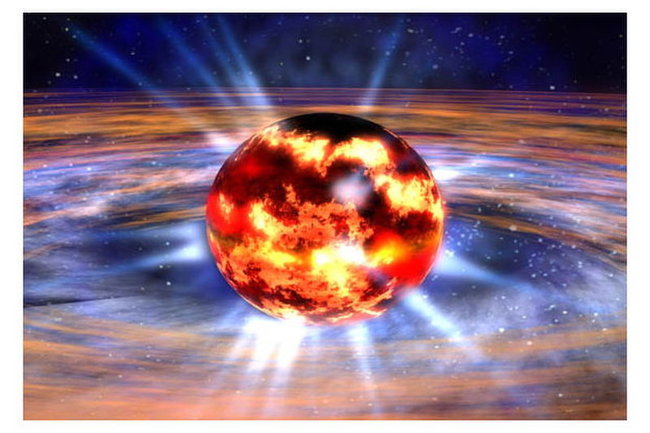How Do Oh-My-God Particles Grow So Powerful?
In 1991, astronomers detected a subatomic particle (a cosmic ray) that was "20 million times more energetic than the highest energy measured in radiation emitted by an extragalactic object," equal to a baseball hurtled at roughly 60 miles per hour. Not bad for a proton, which is what most astronomers believe the particle was.
To reach that energy, the proton was traveling at 0.9999999999999999999999951 the speed of light. That's fast. Taking into account time dilation, it could have traveled for the universe's lifetime -- 13.8 billion years -- while itself experiencing just sixteen days.
Since 1991, about 15 more of these ultra-high-energy "Oh-My-God" particles have been detected.
"Lower energy cosmic rays are thought to spring from the lingering remnants of stellar explosions called supernovas," Science Magazine's Adrian Cho explained last year. "But such clouds are far too small to produce the highest energy cosmic rays. Instead, theorists generally expect that the most energetic cosmic rays rev up over millions of years in unidentified accelerators the size of galaxies."
(Image: David Jolley Staplegunther)

















